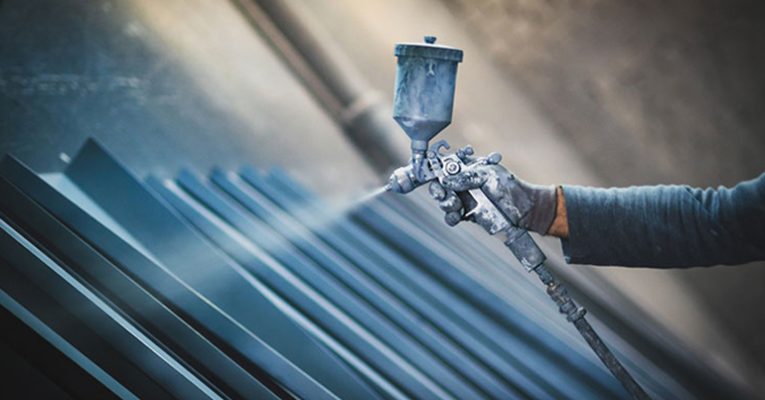
Painting
Painting is a process used to protect metal from corrosion, improve its aesthetic appearance, and increase its resistance to weathering. This process involves applying a layer of paint to the surface of the metal, which can be done through several methods, including spraying, dipping, brushing or electroplating.
The various stages of processing
- Surface preparation: Before applying paint, it is essential to prepare the metal surface. This may include removing dirt, grease, rust, old paint, or other contaminants by sandblasting, grinding, brushing, or chemical pickling.
- Application of pri mer: After surface preparation, a primer is usually applied to improve the adhesion of the paint to the metal and provide greater protection against corrosion. The primer can be applied with a brush, roller or sprayer.
- Paint application: Once the primer has dried completely, the paint is applied to the metal surface. This can be done using a variety of techniques, such as spraying, brushing or dipping. It is important to make sure that the paint layer is even and well adhered to the surface.
- Drying and curing: After paint application, the painted piece is allowed to dry completely in a well-ventilated area. Depending on the type of paint used, a curing process may also be necessary to ensure that the paint fully cures and provides maximum protection.
- Inspection and finishing: Once the paint has dried and cured completely, the painted piece is inspected to ensure that the finish is uniform and free of defects. If necessary, finishing operations can be performed to correct any defects or imperfections.
- Quality control: After the bending process, the part is checked to ensure that it meets design specifications, including dimensional accuracy and structural integrity.
